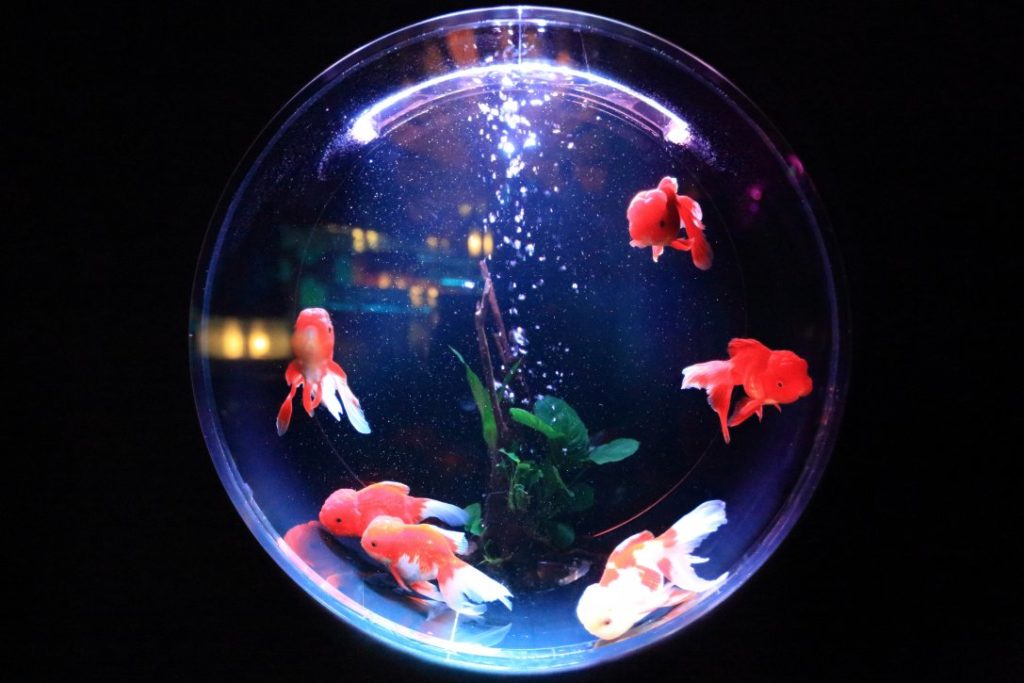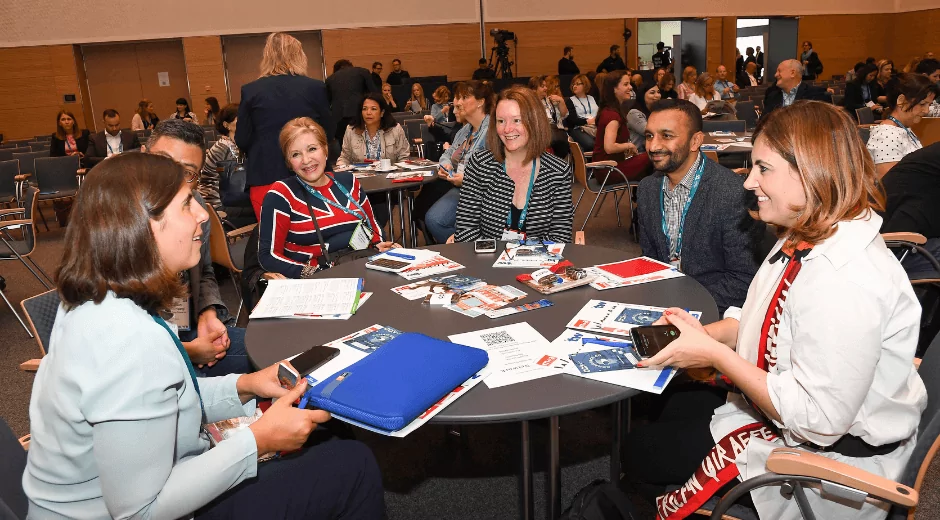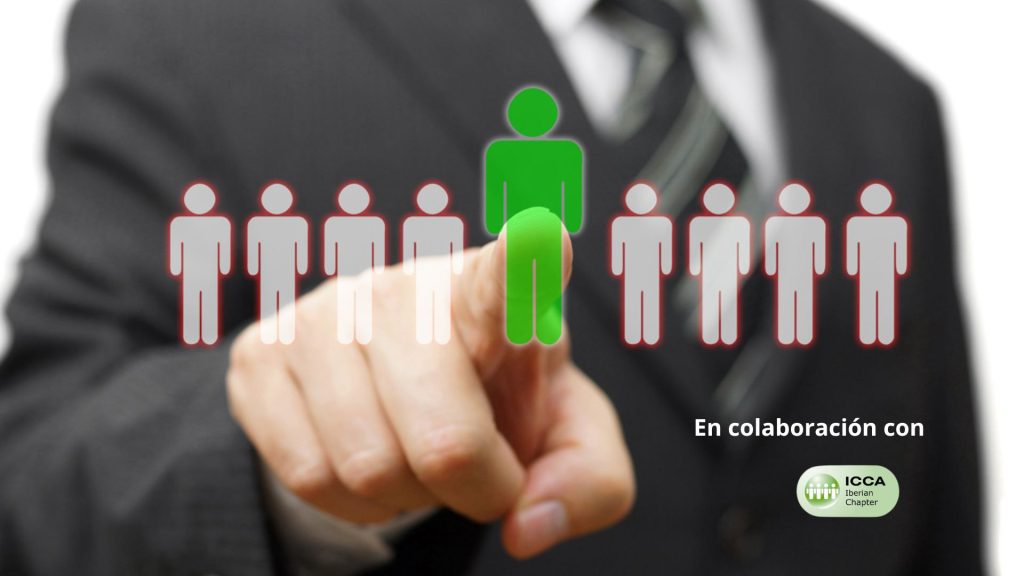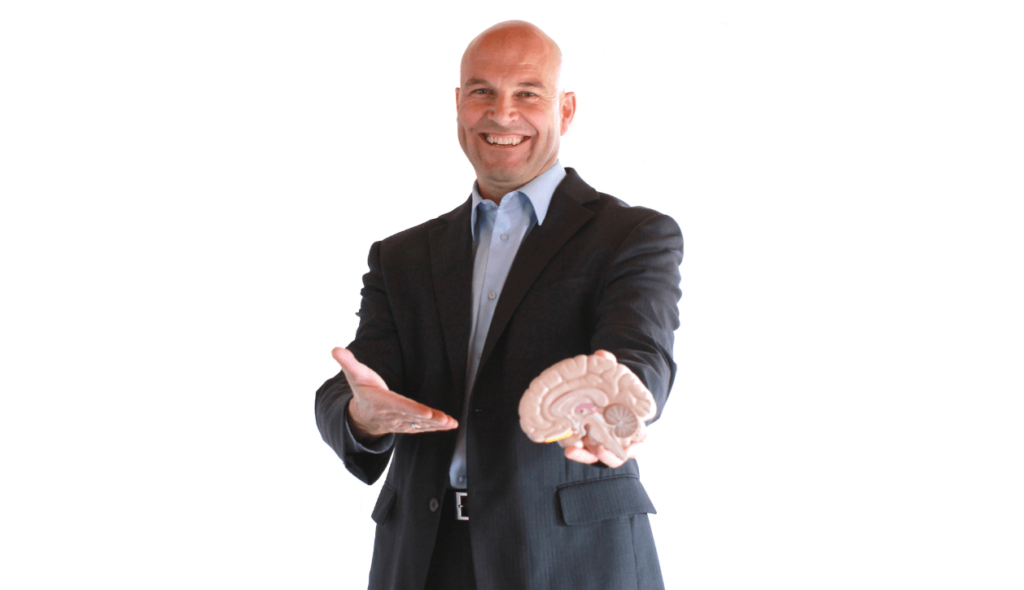Extraordinary formats to revitalize your meetings

Share news
Listen
Walking meetings
Yes, the mythical “hallway conversations” are a way of meeting. Like its name indicates are meetings that made walking. Outdoors on a route near the office, or indoors in large buildings or equipped areas. It is interesting to read the biography of Steve Jobs by Walter Isaacson, where it is seen that many of the (especially difficult) meetings of the teacher were made walking.
According to the study published by the APA (American Psychological Association) “The Positive Effect of Walking on Creative Thinking”, maintaining a moderate physical activity during a mental process increases the ability to generate new ideas and solutions by 5.25% and increases up to 8.5% commitment to the tasks assigned and attributed to the participants. In addition, this type of meeting helps to release tensions and combat the sedentary lifestyle of office work, thereby improving the health of workers. Also walking together in one direction has a high symbolic value. There is even version 2.0 for the expert level: Running meetings. Seeing how their benefits alleviate part of the current labour concerns, it is not surprising that their practice is increasing.
Stand-up meetings
It comes from Agile Project Management, designed to maximize team efficiency and accelerate project development. They are perfect for routine or urgent aspects. By having to participate standing up, people do not accommodate, meetings are usually shorter, clearer and focused on objectives. The essential participants are also prioritized, and the distractions (scribbles, mobiles …), which stand up become evident, are reduced. An example of this type of sessions are the “sport” Huddles or team meetings that serve to celebrate successes and establish future strategies.
TED Talks way
This format is interesting to apply to the presentations of the meetings. Many studies confirm our high-level attention process is 10 to 18 minutes, so the most pioneer companies know meetings should be short. They should take no more than 20 minutes, only the important is discussed, with the relevant data on the subject, without soporific PowerPoint presentations and with hardly any visual support. Be careful: it is a format of exposure rather than interaction.
PechaKucha
Another method to present ideas. It is a Japanese term that means something like “talk” or “whispering.” During these events, a maximum of 14 presentations are made with a 20×20 format: 20 slides (generally with images) and 20 seconds of presentation for each one, therefore a whole presentation in 6 minutes, 40 seconds. These strict criteria force the speaker to organize his thoughts very well, concentrate heavily on the message and get to the point. We have tested it in eventoplus and it is a very demanding format in preparation but very effective. It’s amazing everything you can convey in such a short duration.
The Fishbowl method
It is especially effective when we want to structure the discussions and avoid interference. Some participants set a small circle in the centre of the discussion, while the rest sits around just watching (the fishbowl) and listening to them without interrupting. After a while, or when an observer wants to participate in the debate, they must exchange positions with those within. This methodology ensures that the ideas of each participant are heard and prevents a few monopolize the debates, an old problem in meetings.
World Café
Ideal to promote dialogue and the exchange of ideas in creative processes of specific topics. Participants work in a room set around a bar or coffee table in 4/6 people group to discuss a topic. After a while they exchange with other tables forming new groups, until they all take part through several tables. One person always stays at each table as a host in charge of collecting the information, giving coherence to these exchanges, relating the discussions of the previous table with the new one and thus enriching the debates, and presenting the results at the end.
Section distribution
In the same meeting space are delimited very different work areas with a specific topic addressed. It is a great option for long meetings, since having to make a physical and atmosphere change also promotes brain readjustment, while allowing mental rest. In this way, it is possible to set and provide specific materials or technologies for each area depending on the tasks, objectives or needs of the subject covered. In the same way as in the previous one, a responsible coordinator will remain in each zone.
Inspirational Tours
Based on the noble art of vicarious learning or learning by watching what others do. It involves organizing guided tours to other companies and discovers how they work. It is not necessary to go to Silicon Valley to be the most, the key is to leave the office and meet other worlds, ask, share and look at the solutions that have already worked in others.
By the way … where do you think, but we have got these ideas? 🙂 Stay tuned, soon another article with more formats.
This article has been written by the editorial team of Grupo eventoplus following the editorial line of the company. Meliá has decided to support this publication by associating its image and content as a reminder of its wide range of services for the MICE sector in Spain.










